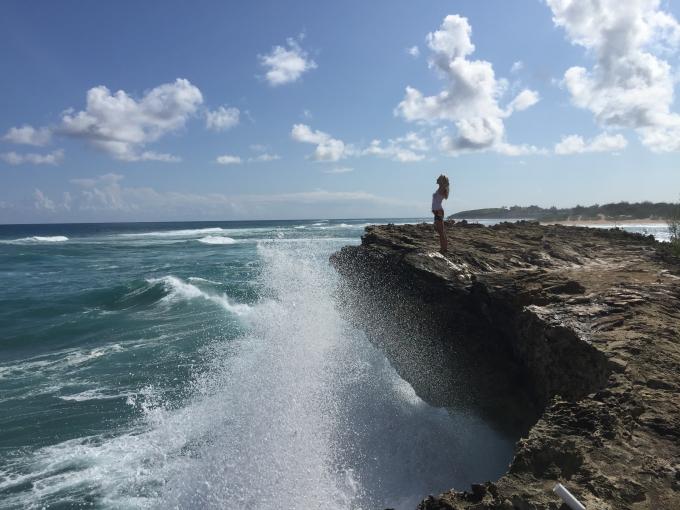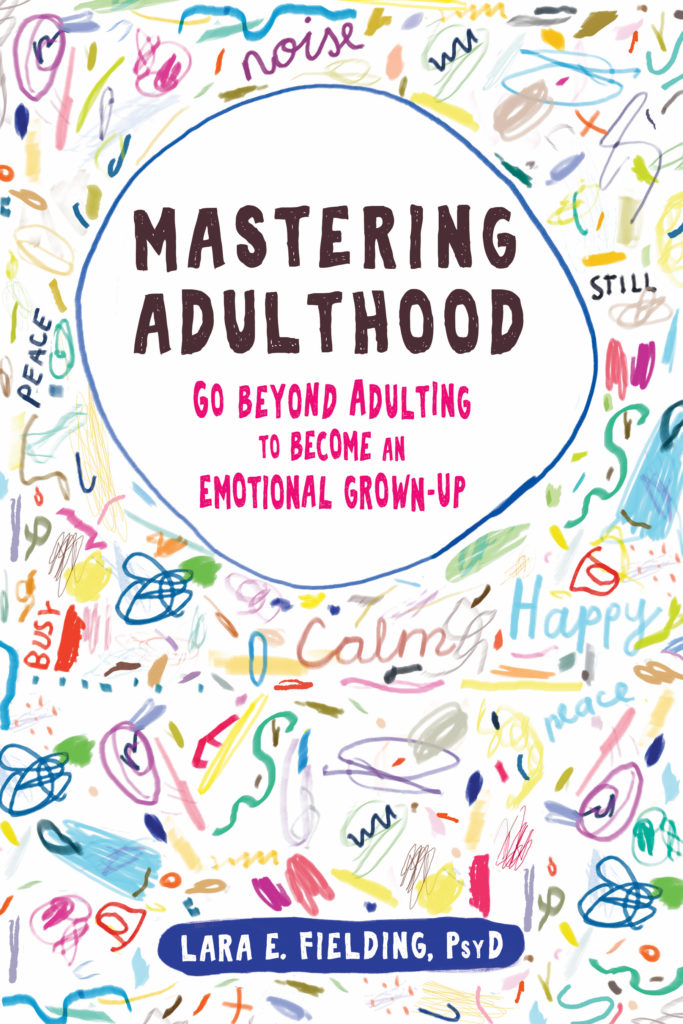Willingness Skills
Willingness, the ability to enter into and allow our internal experience, is one of the most powerful skills you can learn, and the most difficult. Willingness is difficult because our emotions have such a strong connection to our automatic behavioral reactions. As a result, we need the very intentional practice of mindfulness to consciously take hold of the emotion-action tendency link. I call this stepping into the willingness window.
Stepping Through the Willingness Window: Kate
I once had a client who articulated her experience with the difficulty of this practice so eloquently I will share it with you here. Kate was a successful professional, who came to see me for difficulties with anxiety. She was competent and healthy in all respects, but was having trouble in some social situation and recently began developing periodic panic attacks. We had practiced a number of the skills in our sessions. But she was having trouble applying them outside the therapy session.
So, we decided to do an exercise where she imagined an upcoming social event about which she was very anxious. This type of exercise is called imaginal exposure, or interoceptive exposure. Because just thinking about something that causes us distress can activate the whole mind-body system, so that the brain experiences the event much as if it is actually happening. This type of exercise gives us a chance to practice skillfulness directly with the uncomfortable experience.
During our session, we had Kate imagine the upcoming event, as if it was happening in the present moment. She described to me what the room would look like, all the people who would be there, what she imagined others were thinking, and what might happen. This brought her anxiety up to a 90 on a scale of 1-100. When her anxiety peaked, I cued her to practice the exercises you will learn next. At that moment she replied to me, “I know that I should do that right now, but part of me doesn’t want to.” Her statement exemplifies the natural conflict humans feel when faced with the decision of whether to react to the emotion versus the alternative being proposed here. Walking through the willingness window is a conscious choice to actively practice allowing emotions in and non-reactivity to the primal messages to escape and avoid.
I guided Kate to notice this piece of her experience as well. We call this natural tendency willfulness, when the impulse is to let auto pilot reactivity take over. We validated this as natural and understandable (Validation statement), which helped her to connect with the wisdom of practicing willingness and using her skills to more effectively respond to her anxiety, rather than react. This exercise highlighted for her the most common barrier to effective skills use, willfulness, as a natural and expectable part of the process. After this, she was able to walk through the willingness window, and soon there after, out of my office, empowered to manage her passengers on her own.
The Practice: HOW to Walk into Willingness
To help us make the decision to walk through the willingness window, there are some exercises, which facilitate the process. Informal practices are those in which we use skillfulness in daily living, as experiences show up along the road of life.
Step I: Label and Validate the exact emotion: Labeling our emotion and developing a validation statement are the first steps in this process. Simply taking a moment to reflect and ask yourself, what is the emotion word for what I am experiencing right now is essential before we can walk through the willingness window. Once you have labeled the emotion as just one element of your experience, and validated that it makes sense, the next bold move is to step into willingness.
Informal practice of willingness
For this exercise, it would be best if you are seated upright in front of your computer screen, so that you can read and practice at the same time. Please do that now so that you may practice right along as you read.
WILLINGNESS HANDS
As you read these words, place both feet flat on the floor, while sitting up right. Next, extend both of your hands out, palms up, and slightly away from your body. Allow your shoulders to drop away from your ears. Extend your belly out. Notice how this feels.
Willingness hands pose is a natural and neutral expression in the body. Recall that the messages between your mind and your body are bi-directional. This pose sends a clear message to your mind that you are open to your experience, as it is. The next step is getting you mind out of the way and on board with willingness.
WILLINGNESS MANTRA
Now, as you maintain Willingness hands in the body, find a single word emotion label for your experience in this moment. Note, this is often a challenge when there is no strong emotion present. But as best you can, search inside yourself for any passengers in the background. The emotion might be a subtle variant on a stronger emotion. More subtle emotions might be eagerness, boredom, or impatience. Now, practice the following, while you maintain the Willingness Hands position. In your mind or aloud say; “I am willing to feel this feeling of ________, in just this moment.” Say this three times, as best you can, with an attitude of non-judgmental and kind allowing of your experience.
PAUSE: Notice how you feel when you engage this practice. Do the emotions get stronger? Weaker? Stay the same? What anxiety, or sadness, or frustration might you practice this excercise with today?
With practice, this way of engaging your experience can become more natural and a resource for reducing autopilot reactivity to triggers. As best you can, find smaller triggers to practice with. Soon you will find yourself feeling more in control and less reactive to the stressors in your life!
If you would like to learn more self-help skills to build your resilience and self-mastery, sign up for the Mindful-Mastery Skills Weekly here. Or follow me on Facebook, Twitter, or Instagram!



Helpful advice to understand how important it is to be willing. Thanks
Fantastic article.Really thank you! Will read on…
chanel